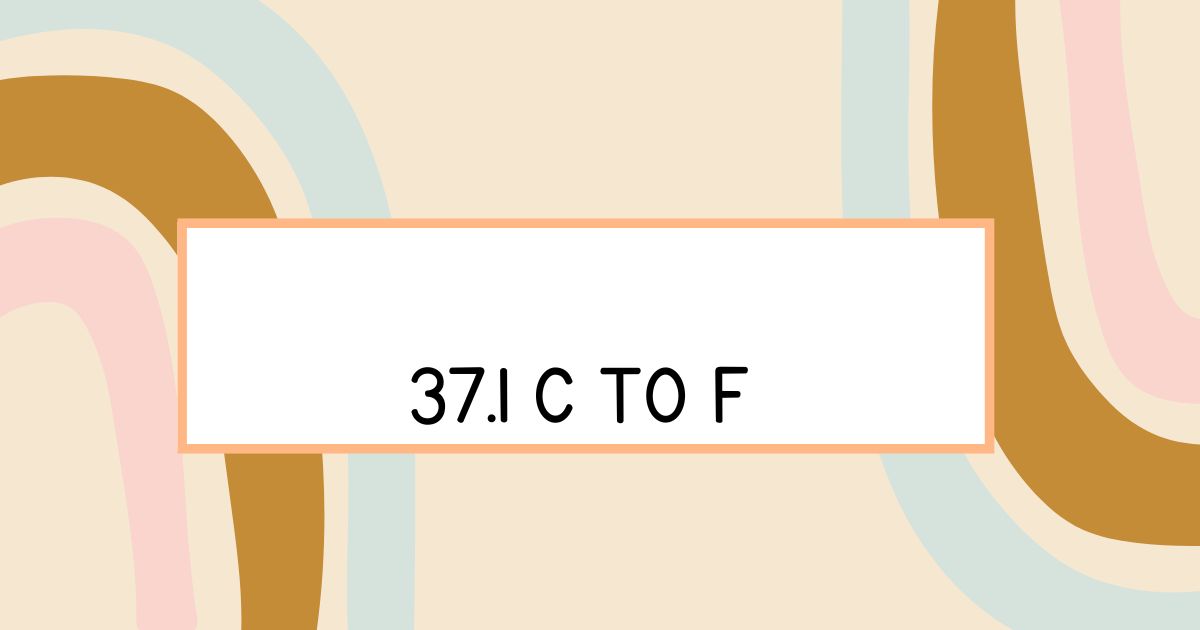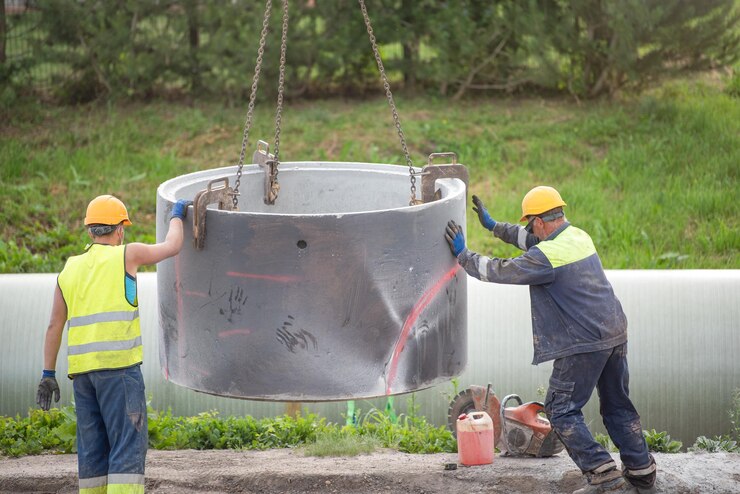Your air conditioner works hard—especially during summer. But if you don’t give it a little attention now and then, it’ll cost you more in energy bills and repairs. The good news? You don’t need to be an HVAC pro to take care of basic maintenance. Here are quick DIY tasks that can boost your AC’s performance and keep more money in your pocket.
1. Replace or Clean the Air Filter
Why it matters: A dirty filter makes your system work harder, using more energy and wearing it out faster.
How to do it:
- Find the filter (usually behind a return vent or inside the unit).
- If it’s disposable, replace it. If it’s reusable, vacuum or rinse it with water and let it dry completely.
- Do this every 1–3 months, depending on usage and if you have pets or allergies.
Cost: Around $5–$20 per filter
Savings: Up to 15% on energy bills
2. Clear Debris Around the Outdoor Unit
Why it matters: Leaves, grass, and dirt can block airflow, reducing efficiency and lifespan.
How to do it:
- Turn off power to the unit.
- Trim plants and remove anything within 2–3 feet of the unit.
- Use a hose (gently) to spray off dust and grime on the coils.
Time: 15–20 minutes
Savings: Avoids overheating and costly compressor issues
3. Clean the Indoor Vents
Why it matters: Dust buildup blocks airflow and circulates allergens through your home.
How to do it:
- Use a vacuum with a brush attachment to clean supply and return vents.
- Make sure furniture or rugs aren’t covering vents.
Bonus tip: If you see mold or excessive buildup, it may be time to get ducts professionally cleaned.
Time: 10–15 minutes
Benefit: Improves airflow and indoor air quality
4. Check and Seal Air Leaks
Why it matters: Leaks in ductwork or around windows make your system run longer than needed.
How to do it:
- Inspect windows and doors for drafts. Use weatherstripping or caulk to seal gaps.
- Check exposed ductwork for loose connections or holes. Use HVAC foil tape to seal them (not regular duct tape—it peels over time).
Cost: Under $20 for tape and sealant
Savings: Reduces wasted energy and keeps your home cooler
5. Test the Thermostat
Why it matters: A faulty or poorly placed thermostat can lead to uneven temperatures and wasted energy.
How to do it:
- Set the thermostat to cooling mode and check if the AC kicks in as expected.
- Make sure it’s not near heat sources (like lamps or sunny windows).
- Consider upgrading to a programmable or smart thermostat if you haven’t already.
Benefit: Better temperature control and energy use
Upgrade Cost (optional): $50–$200
Potential Savings: Up to 10% annually with a smart thermostat
Regular DIY upkeep is essential, but Air Conditioner Maintenance in Dayton with the help of professionals ensures your system runs efficiently and catches problems you might miss.
6. Flush the Condensate Drain Line
Why it matters: This line can clog with algae or debris, leading to leaks or water damage.
How to do it:
- Locate the PVC pipe near your indoor unit.
- Pour a cup of white vinegar or a commercial AC drain cleaner into the line every few months.
- If it’s already clogged, use a wet/dry vac to clear it from the outside drain end.
Time: 10 minutes
Benefit: Prevents overflow and costly water damage
Final Thought: Don’t Skip the Annual Pro Check
Even with regular DIY maintenance, it’s smart to schedule a professional tune-up once a year. Pros can check refrigerant levels, test electrical components, and catch problems early.
A few minutes every season can stretch your system’s life, lower your bills, and help you avoid the worst kind of summer surprise—a dead AC when you need it most.
ALSO READ: How do you maintain Truck Driving tools in good condition?











